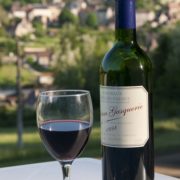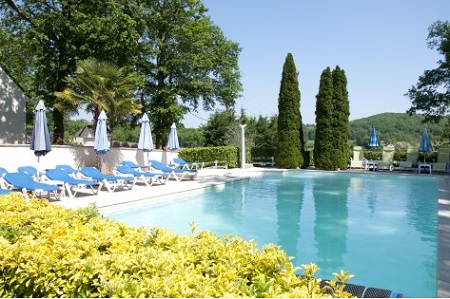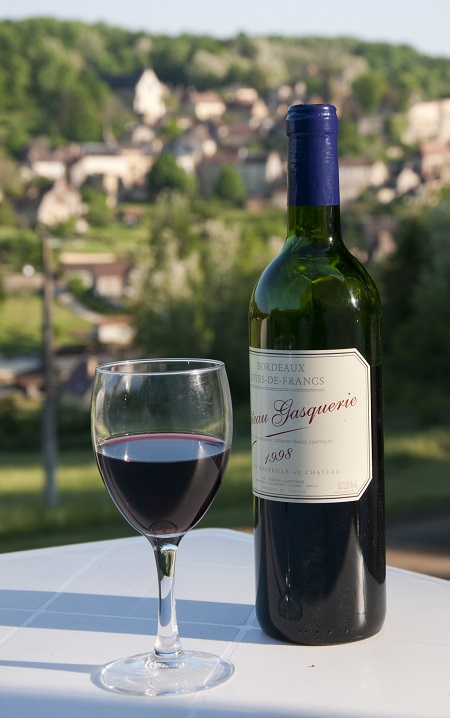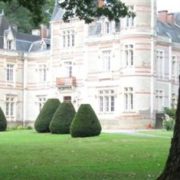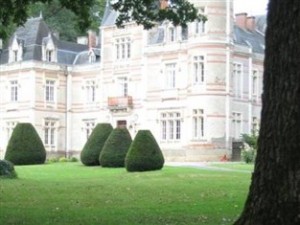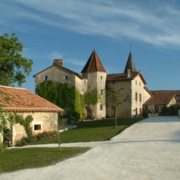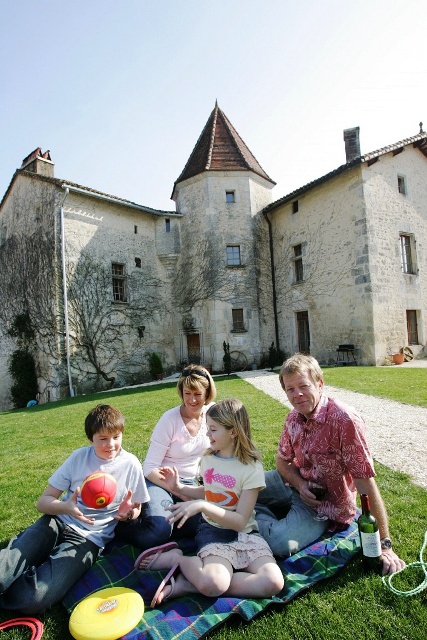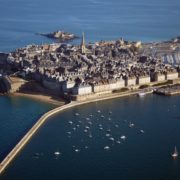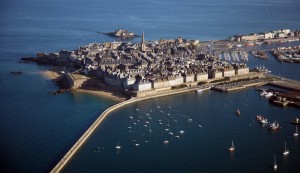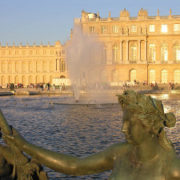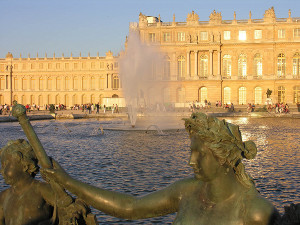Meet the Gite Owner: Julian Rothera, Les Gites de Carlux
In the latest in our series of Gite owners interviews, we meet Julian Rothera of Les Gites de Carlux, close to Sarlat in the Dordogne.
Q: How long have you lived / owned your gite in France?
I moved out to the Dordogne in 1992, this summer will be my 22nd season
Q: What do you love about France?
The beauty of this region, the friendliness of the people and the relaxed way of life.
Q: What made you choose the region in which you have settled?
It is the perfect holiday destination, warm weather, natural scenery, historical sites, chateaux, caves, activities for all ages and the finest cuisine in France. What more could you want!
Q: Tell us three things you like best about your Gite
The location; we are within 40 minutes of all the principal sites of both the Dordogne and the Lot. The Gites, there are 12 of them and they are light and airy and have everything that you need for a relaxing holiday. Our site, we are situated on one and half hectares with stunning views of one of the prettiest villages in the Dordogne. To sit on the terrace in the evening with the barbecue going, a glass of wine and to gaze at the view of Carlux is near to perfection.
Q: What one thing would your previous guests say about your Gite?
Many of our guests say the same thing; that the pictures they see of the Gites and of the view on our website are actual reality. I think they respect us for being honest and I think that it gets their holiday off to a positive start. Around 40% of the guests staying with us are regular guests, many returning year on year. It tells us that we are doing something right!
Q: What is your favourite attraction near to your Gite?
In a land of a thousand chateaux it is hard to identify only one. I will cheat and choose two, one from prehistory and one from medieval history! The prehistoric fort and troglodyte city of La Roque St Christophe near Les Eyzies is incredible, the visit takes you back over the thousands of years that the site has been occupied. The Jardins de Marqueyssac are stunning, you walk along the cliff top and see the Dordogne river below you and the great chateaux of Beynac and Castelnaud in the distance. The village of La Roque Gageac is just below and the bastide town of Domme is in the sky opposite you.
Q: What’s the oddest thing about the French culture that you’ve experienced?
After coming from the intensity of the UK it is hard to come to terms with the lack of urgency in France. The people are so polite, they wait their turn, nobody rushes you. A Doctor’s appointment lasts until you are finished, it doesn’t matter if the waiting room is full, people are happy to wait because they know that when their turn comes they will receive similar care. It is a refreshing approach to modern life!
Q: Which do you prefer and why – Entrecote Frites, Fish ‘n’ Chips or a good curry?
Fish and Chips! Coming from Yorkshire it is one of the few things that you cannot get in France!
Thanks Julian. Find out more at http://www.lesgitesdecarlux.com/

